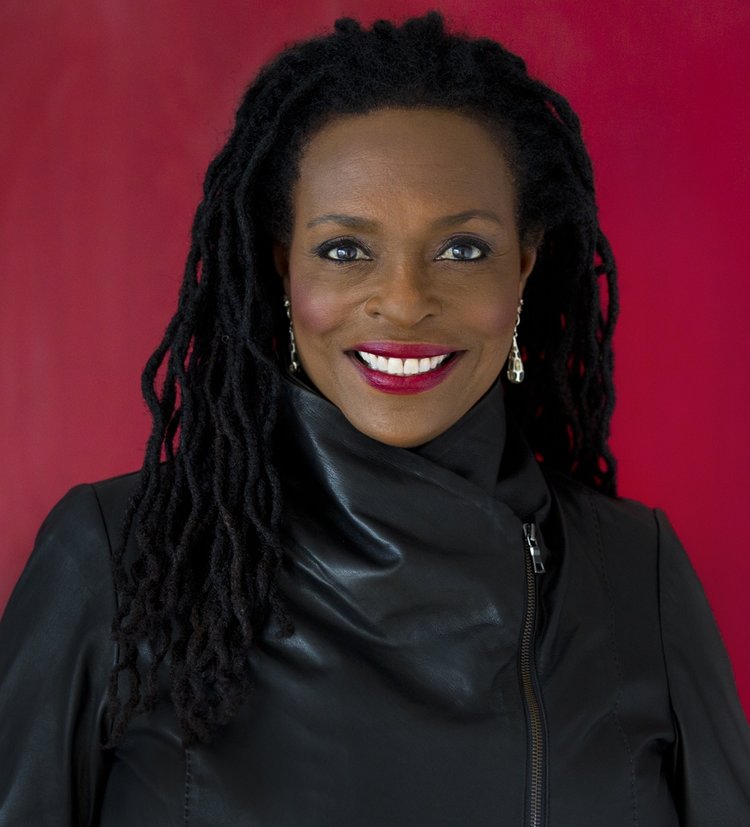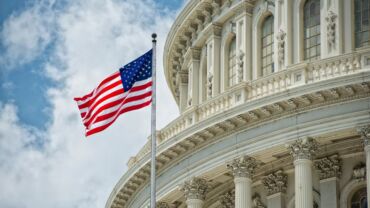Antiracist workplaces promote inclusion, equality, and acceptance while encouraging higher performance & there are 5 steps employers can take to get there
Being antiracist is naturally a hot topic amid the recent racial unrest and the rise of the Black Lives Matter movement. We wanted to explore what an antiracist workplace looks like, so to do so, we consulted with antiracist expert Dr. Jacqui Lewis, President of the Middle Project and Senior Minister of Middle Collegiate Church.
Dr. Lewis describes the definition of racism as “prejudice plus institutional power” — a version of the terminology first coined in 1970 — and the definition of being antiracist to the well-known historian and author Ibram X. Kendi:
“To be antiracist is to think nothing is behaviorally wrong or right — inferior or superior — with any of the racial groups. Whenever the antiracist sees individuals behaving positively or negatively, the antiracist sees exactly that… . Behavior is something humans do, not races do.”
Steps to an antiracist workplace
Dr. Lewis addresses the belief system that can best create an antiracist workplace in five basic steps:
1. Audit history from the perspectives of all involved
The first step in creating an antiracist belief system in the workplace is knowing the history of the present moment and examining that history from the perspectives of all involved. In the context of the history in the U.S., for example, this means analyzing the past from the perspectives of the European settlers, the indigenous peoples of North America, and the enslaved Africans.
Too often, the dominant portrayal of U.S. history is told from the perspective of early settlers and the country’s founders of European decent; however, you can find accounts from the perspective of enslaved Africans and indigenous people with a little research.
2. Comprehend that those bullied also can persecute others
It is crucial for employees in antiracist workplaces to understand the “psychological dynamic” that happens when oppressed people then in turn oppress other people, Dr. Lewis says. “The earliest people from European descent came to a new land in present day North America resisting tyranny and, yet did tyrannical things,” she explains, adding that even though these settlers came to escape oppression and found a way to be free, they then built livelihoods by exploiting indigenous peoples, stealing land, and oppressing Africans in inhumane ways through brutal chattel slavery.
3. Grasp the duality of revering founders as human beings with flaws
Dr. Lewis says it’s also important to investigate fully the story of our founders. This includes acknowledging the best intentions of the framers of the Declaration of Independence to state that “all men are created equal” and that they are endowed with “certain unalienable rights” while also being able to critique the story fearlessly by analyzing what is structurally working and not working within the country. Doing this rigorously means accepting that certain structures are working for some and are not working for all equally.
4. Understand how history impacts present day inequities
Since the Declaration of Independence, the U.S. has implemented ways to make Black Americans inferior from the three-fifths clause, scientific racism that “proves” the superiority of white people, to policies and broken promises — such as 40 acres and a mule — that have limited economic progress for Black Americans.
It’s also important to remember that current economic inequity is underpinned by some of these racist policies of the past. Redlining, which goes back to the post-Great Depression era of the 1930s, saw the New Deal’s Home Owners’ Loan Corporation developed color-coded maps of American cities that used racial criteria to categorize lending risks and exclusion from the GI Bill. This overt discrimination critically left out Black families from these low-interest loans that contributed greatly to home ownership and the resulting wealth-building for white families in the post-World War II era. For example, 67,000 mortgages were insured by the GI Bill but fewer than 100 were taken out by non-whites in New York and the northern New Jersey suburbs, according to the researcher and author Ira Katznelson.
5. Reward equitable actions and leadership
To create the ideal workplace with an antiracist belief system, companies need to reward equitable beliefs and actions, Dr. Lewis states. “I believe antiracism is the way I am a leader in the workplace,” she says, adding that it “therefore, claims the powerful narrative of the story to create systems and structures that honor the story that every human being is valued, that every human being is equal, that every human being is entitled to thrive and strive and live in America free, live in the world free, and be willing to tackle the built-in inequity in educational systems, school systems, housing patterns, and economic disparity in these United States.”
Leaders in an organization with an antiracist belief system work to actively create equity, she explains, noting she does this “by the way I run my meetings, by the way I prioritize which voice is heard first, by the way I create mentoring programs to help people of color learn, by the way I merge my personal and my political, and by the way that I blend my personal-private ethic with my corporate ethic to forge one operating ethic of making just profit.”
Antiracist workplaces begets belonging
Creating an antiracist workplace multiplies belonging of all individuals within that workplace. Authenticity, belonging, and bringing your full self to work are popular concepts around employee engagement, and yet, many workplaces still operate with unwritten cultural rules governing individuals to bifurcate the me at work from the me outside of work.

For people from underrepresented groups, bringing their full selves to work means bringing painful (and joyous) external occurrences into the workplace with the expectation that the workplace will acknowledge the event and the surrounding pain, such as the murder of George Floyd.
In today’s environment, many of these events involve the notion of being political; and antiracist workplaces believe work, life, and events — even if viewed through a traditional notion of politics — should be integrated and that systems and structures work for all of the people. “Political simply means people… polis are the people who are always about the people,” Dr. Lewis says.
On a day-to-day basis, this means that an antiracist workplace needs to consider how jobs are posted, what faces are shown on company-branded material, from what suppliers organizations purchase goods and services, what voices get the most air time in town hall meetings, and how many leaders of color are in its C-suite and on its board of directors.
At its core, creating an antiracist workplace means centering the voices of professionals of color as the normative standard, even if, when looking for leadership training, for example, that means going outside of the most popular suppliers who get most of the high-dollar amounts of business from large institutions. “An antiracist workplace engages in a wider search for Black and Latinix leadership development experts,” Dr. Lewis explains.
“We need to center those voices and widen the circle of conversation partners around these issues so that when we talk about leadership development,” the status quo is disrupted instead of reinforced, she adds.






